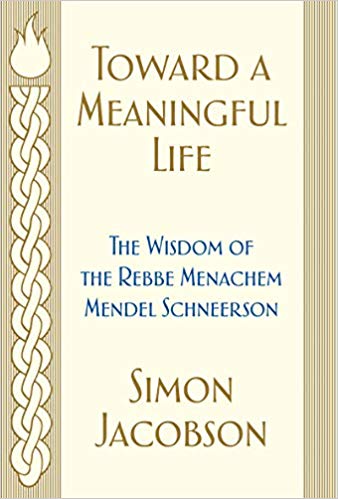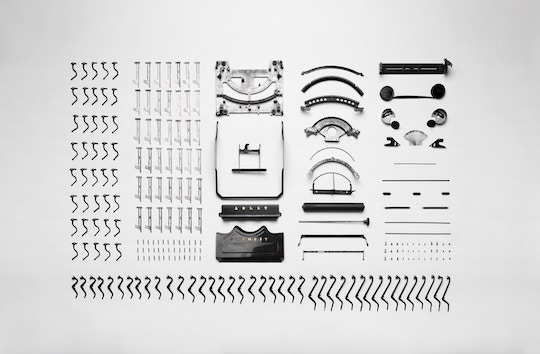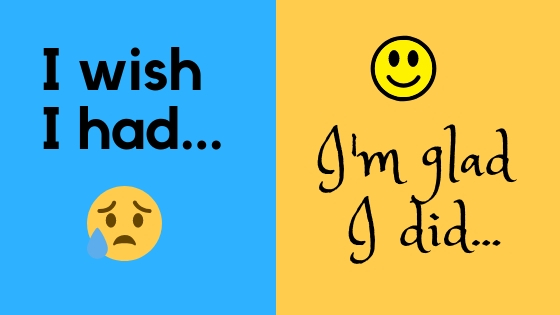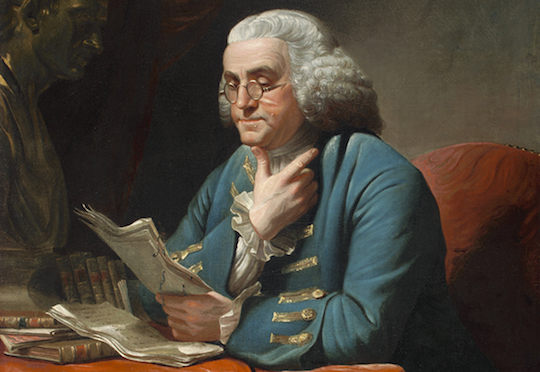HAPPY NEW YEAR!

May 2020 bring you and yours peace and prosperity!
Sincerely,
Barry


May 2020 bring you and yours peace and prosperity!
Sincerely,
Barry

Image from Unsplash by Tyler Nix
Thank you for being a loyal member of the Quotable Coach community!
May you and those you love have all the grand essentials to happiness during this holiday season and throughout the new year.
Most sincerely,
Barry

Image from Amazon.com
Can you recall any of the words from Madonna’s song, Material Girl? If you do remember a few words, I bet you can also recall the melody.
We do live in a material world in which dealing with our day-to-day physical environment is essential. For most people, life is filled with highs and lows, with varying levels of happiness along the way.
A surprising thing happens when we periodically move beyond or perhaps better said, within, to examine, discover, and explore our spiritual and soulful selves.
Beyond deepening your own spiritual practices, consider exploring the journey toward greater happiness within by reading, and studying the book, Toward a Meaningful Life. Perhaps discuss it with others in your life who are also ready for a deeper look around.

Image from Unsplash by Copper and Wild
When was the last time you tried to cheer someone up? When was the last time your friends and family tried to pencil a bit of happiness into your world?
Although well intentioned, many of these efforts don’t do the trick and can sometimes backfire, leaving others feeling worse. In such cases, perhaps a “less is more” approach can act as an eraser to lighten the burden.
Where and with whom could your simple presence, care, and a loving shoulder to lean on be the way to support those experiencing sadness or loss?

Image from Unsplash by Vidar Nordli-Mathisen
Who are the happiest people you know?
I’m not talking about celebrities or even those folks who smear their seemingly perfect lives all over social media. I’m talking about those you truly know who navigate the waves of life pretty darn well.
As you explore the lives of these special people, you may notice that they spend far less time than most dwelling on the past, or being overly contemplative about their future. They all seem to take life in stride and make the most of their present moments until the next arrives.
How can and will you find your own eternity by being more fully present and launching yourself into the moment-to-moment waves of life?

Image from Unsplash by Constantinos Panagopoulos
Did you know that Harvard University has a course on happiness?
Think about it.
The students of one of the most prestigious universities in the world want to learn what’s involved in living a happy life, and don’t want to wait for some day down the road to begin their journey.
The fact that extrinsic recognition, rewards, and accomplishments alone never seem to do the trick is surprising to many people. It is our inner journey and the pursuit of intrinsic factors that provides the fulfillment we all seek.
Please pick up a copy of the book Happier, by Tal Ben-Shahar, PhD, which provides the backbone information for Harvard’s most popular course.
You can also look into the work of Martin Seligman, PhD, author of Authentic Happiness, for additional guidance into living a happier life.

Image from Unsplash by Yuriy Garnaev
Did you know that Norway is considered one of the happiest places on the planet? The CNN special Chasing Life, hosted by Dr. Sanji Gupta, recently highlighted a small town 200 miles north of the Arctic Circle.
Despite the frigid temperatures and the complete darkness November through January, most people interviewed described themselves as a 9 or 10 on the Happiness Scale.
A critical component to their happiness was the focus on the level of family and community engagement.
In Norway, after the birth of a child, a parent receives 80% of their wages and a full year off of work to focus on raising the child. If they choose to take off only ten months, they receive 100% of their wages.
Where can and will you plant the seeds of happiness in your community gardens, so that you can share the flowers of happiness with those you care about and love?

Image from Unsplash by Florian Klauer
I am an Amazon Prime subscriber. One of my most common purchases, as you may know from reading The Quotable Coach blog, is books.
One of the criteria I use to confirm my instincts about a purchase is the number of high review scores on Amazon.
To receive over one hundred is respectable; over 500 is quite significant. To have over 1,000 is remarkable given the abundance of books and our reasonably short span of interest.
The book, “The Life Changing Magic of Tidying Up: The Japanese Art of Decluttering and Organizing” has over 13,000 reviews. Over 80% of them are four or five star ratings. They must be on to something!
Where and in what ways could bringing a bit more order into your world increase your life satisfaction and happiness? Of course, please investigate the excellent work by Gretchen Rubin, including The Happiness Project, which has over 1,600 reviews, of which 79% are four or five stars.

What percent of the day does the average person seem content, happy, or even joyful? Alternatively, what percent of the day do they go through the motions, feel stuck, or experience regret?
Where do you fit on this spectrum of feelings, day-to-day, week-to-week, or even year-to-year?
Someone once shared the thought that life is a bit like a toilet paper roll. The more life sheets you use, the faster it spins.
What steps can and will you take at this point in your life to have many more “I’m glad I did” moments in the years ahead?
My daughter Rachel suggested a wonderful book related to this topic, titled A Million Miles in a Thousand Years – How I Learned to Live a Better Story, by Donald Miller.

Image from prachnhachivit.com
Did you know that for over 50 years the citizens in many countries have become wealthier with no increase, and often a decrease, in their levels of happiness?
There is increasing evidence that the effect of income on life satisfaction seems to be transient, with many people seeking the next fix. Perhaps one of the most disturbing examples of this is the phenomenon of hoarding.
Being content, as today’s quote suggests, describes wealth through emotional criteria rather than material criteria.
It is our attitude about who we are and what we have that frames our views on life.
Consider exploring the work of Clayton M. Christensen, who wrote the book, How Will You Measure Your Life?